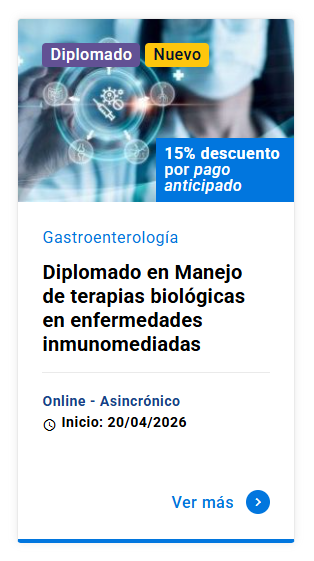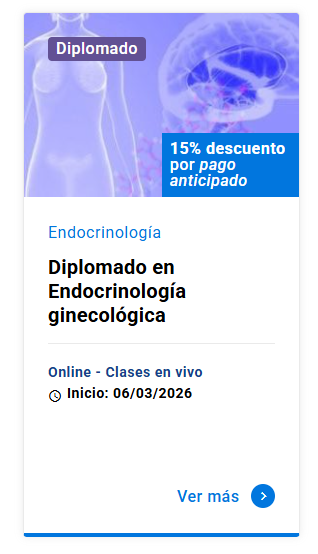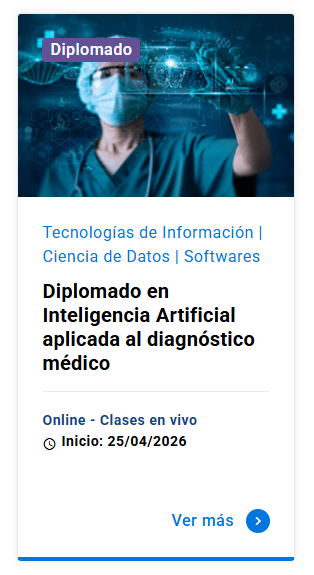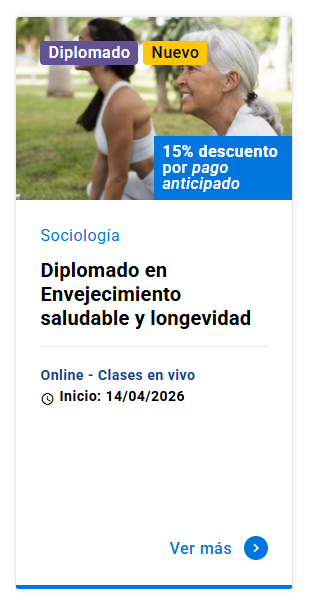Identidad docente en profesores de medicina; una comparación entre el pregrado y posgrado
DOI:
https://doi.org/10.11565/arsmed.v50i3.2149Palabras clave:
Identidad docente, mentoría, docencia clínica, residencias médicas, educación médicaResumen
Introducción: La identidad docente en medicina se configura a partir de prácticas, valores y experiencias construidas en el contexto clínico. Existen diferencias entre los profesores que imparten clases en el pregrado y aquellos que lo hacen en el posgrado, específicamente en las residencias médicas. Esta investigación explora cómo estas diferencias interactúan en la formación de la identidad docente. Materiales y métodos: Se llevó a cabo un estudio cualitativo con entrevistas semiestructuradas a seis docentes adscritos a la Facultad de Medicina de la UNAM, con experiencia en pregrado y posgrado. El análisis se realizó mediante teoría fundamentada y triangulación de datos, considerando cuatro dimensiones: mentoría y temporalidad de la relación, profundidad de la relación, disciplina y contexto de enseñanza. Resultados: Hay diferencia en la construcción de identidad docente, en posgrado se percibe una identidad centrada en la mentoría y vínculos emocionales favorecida por la prolongada interacción con residentes, en el contexto clínico, se combinan los roles asistenciales y educativos. En contraste, en el pregrado predomina una identidad docente formal, estructurada y centrada en la transmisión de conocimientos, limitada por el tiempo, el tamaño de los grupos y la distancia formativa. Discusión: La identidad docente varía significativamente entre niveles. Estos hallazgos sustentan la necesidad de diseñar programas de formación diferenciados para docentes de pregrado y posgrado, que reconozcan sus contextos particulares y promuevan una enseñanza médica coherente con el nivel educativo en concordancia con los valores profesionales y humanos de la práctica clínica.
Descargas
Citas
Bin Abdulrahman K. (2007). Students’ views on student-teacher relationship: a questionnaire-based study. Journal of family & community medicine 14(2), 81–87. DOI: https://doi.org/10.4103/2230-8229.97506
Challa K, Sayed A, Acharya Y. (2021). Modern techniques of teaching and learning in medical education: a descriptive literature review. MedEdPublish 10, (18) 12 – 17. https://www.google.com/search?q=https://doi.org/10.15694/mep.2021.000018.1 DOI: https://doi.org/10.15694/mep.2021.000018.1
Cruess SR, Johnston S & Cruess RL. (2008). Professionalism for medicine: opportunities and obligations. The Medical journal of Australia 177(4), 208–211. https://www.google.com/search?q=https://doi.org/10.5694/j.1326-5377.2002.tb04735.x DOI: https://doi.org/10.5694/j.1326-5377.2002.tb04735.x
Facultad de Medicina UNAM. (2010). Plan de Estudios 2010 y Programas Académicos de la Licenciatura de Médico. Disponible en: http://www.facmed.unam.mx/plan/PEFMUNAM.pdf Consultado el 10 de junio del 2025.
Facultad de Medicina UNAM. (2024). Informe de labores: Dra. Ana Carolina Sepúlveda Vildósola. Disponible en: https://www.facmed.unam.mx/_documentos/informe/2024/ACSV_Informe_2024_FMUNAM.pdf Consultado el 10 de junio del 2025.
Gupta S, Centner A, Patel N, Kibble JD. (2025). Investigating the nature of trust in the medical student-professor relationship: an interview study. Advances in physiology education 49(1), 197–207. https://doi.org/10.1152/advan.00213.2024 DOI: https://doi.org/10.1152/advan.00213.2024
Joe MB, Cusano A, Leckie J, Czuczman N, Exner K, Yong H, Ruzycki S & Lithgow K. (2023). Mentorship Programs in Residency: A Scoping Review. Journal of graduate medical education 15(2), 190–200. https://doi.org/10.4300/JGME-D-22-00415.1 DOI: https://doi.org/10.4300/JGME-D-22-00415.1
Kelchtermans G. (2009). Who I am in how I teach is the message: self‐understanding, vulnerability and reflection. Teachers and Teaching 15(2), 257–272. https://doi.org/10.1080/13540600902875332 DOI: https://doi.org/10.1080/13540600902875332
Khan NR, Rialon KL, Buretta KJ, Deslauriers JR, Harwood JL, Jardine DA. (2017). Residents as Mentors: The Development of Resident Mentorship Milestones. Journal of graduate medical education 9(4), 551–554. https://doi.org/10.4300/JGME-D-17-00415.1 DOI: https://doi.org/10.4300/JGME-D-17-00415.1
Krishna LKR, Sim JJC, Zakaria NA, Ong BN, Goh CL, Rajalingam P, et al. (2025). The impact of mentoring relationships on professional identity formation in medical education: a systematic review. BMC medical education 25(1), 576. https://www.google.com/search?q=https://doi.org/10.1186/s12909-025-07158-y DOI: https://doi.org/10.1186/s12909-025-07158-y
Montero L, Triviño X, Dois A, Sirhan M, Leiva L. (2017). Percepción de los académicos del rol docente del médico. Investigación en Educación Médica 6(23), 198–205. https://doi.org/10.1016/j.riem.2017.01.001. DOI: https://doi.org/10.1016/j.riem.2017.01.001
Ogunyemi D, Mehta S, Turner A, Kim D, Alexander C. (2014). Emotional intelligence characteristics in a cohort of faculty, residents, and medical students. The Journal of reproductive medicine 59(5-6), 279–284.
Papadakis MA, Teherani A, Banach MA, Knettler TR, Rattner SL, Stern DT, et al. (2005). Disciplinary action by medical boards and prior behavior in medical school. The New England journal of medicine 353(25), 2673–2682. https://doi.org/10.1056/NEJMsa052596 DOI: https://doi.org/10.1056/NEJMsa052596
Rees A, Samuel A & Konopasky A. (2021). Creating supportive learning environments: The role of the medical educator. The clinical teacher 18(5), 454–458. https://doi.org/10.1111/tct.13367. DOI: https://doi.org/10.1111/tct.13367
Sánchez-Mendiola M, Esponda-Arguero M, García-Durán R, Ruiz-Lozano ME, Torres-Espíndola LM, Báez-González J, et al. (2010). The resident-as-teacher educational challenge: a needs assessment survey at the National Autonomous University of Mexico Faculty of Medicine. BMC Medical Education 10, 17. https://www.google.com/search?q=https://doi.org/10.1186/1472-6920-10-17 DOI: https://doi.org/10.1186/1472-6920-10-17
Sethi A, Schofield S, McAleer S, Ajjawi R. (2018). The influence of postgraduate qualifications on educational identity formation of healthcare professionals. Advances in health sciences education: theory and practice 23(3), 567–585. https://www.google.com/search?q=https://doi.org/10.1007/s10459-018-9814-5 DOI: https://doi.org/10.1007/s10459-018-9814-5
Skelton A. (2013). Teacher identities in a research-led institution: In the ascendancy or on the retreat. British Educational Research Journal 38(1), 23–29. https://doi.org/10.1080/01411926.2010.523454 DOI: https://doi.org/10.1080/01411926.2010.523454
Sueningrum A, Simadibrata M, Soemantri D. (2022). Clinical teachers’ professional identity formation: an exploratory study using the 4S transition framework. International journal of medical education 13, 10–18. https://doi.org/10.5116/ijme.61dd.7764 DOI: https://doi.org/10.5116/ijme.61dd.7764
Vázquez-Rivera M & Rosas-Vargas R. (2014). El deber ser del profesor en el posgrado médico. Acta pediátrica de México 35(3), 171–172.
Vives Varela T & Hamui Sutton A. (2019). Concepciones de pedagogía y medicina en la construcción de la identidad profesional docente. Investigación en Educación Médica 30(2), 76–84. https://doi.org/10.22201/facmed.20075057e.2019.30.18103. DOI: https://doi.org/10.22201/facmed.20075057e.2019.30.18103
Vives Varela T, Hamui Sutton A, Romero Lara R, Demuth Mercado PB. (2021). Construcción de la identidad docente en medicina y la capacitación temprana en la docencia. Investigación en educación médica 10(38), 7-15..https://doi.org/10.22201/fm.20075057e.2021.38.20332 DOI: https://doi.org/10.22201/fm.20075057e.2021.38.20332
Wald HS. (2015). Professional identity (trans)formation in medical education: reflection, relationship, resilience. Academic medicine: journal of the Association of American Medical Colleges 90(6), 701–706. https://doi.org/10.1097/ACM.0000000000000731 DOI: https://doi.org/10.1097/ACM.0000000000000731

Descargas
Publicado
Cómo citar
Licencia
Derechos de autor 2025 José Francisco Moreno-Fernández, Liz Hamui-Sutton, María Alejandra Sánchez-Guzmán

Esta obra está bajo una licencia internacional Creative Commons Atribución-CompartirIgual 4.0.
Los autores/as conservan sus derechos de autor y garantizan a la revista el derecho de primera publicación de su obra, la que estará simultáneamente sujeta a la Licencia CC BY-SA 4.0 (Ver declaración de Acceso Abierto).







